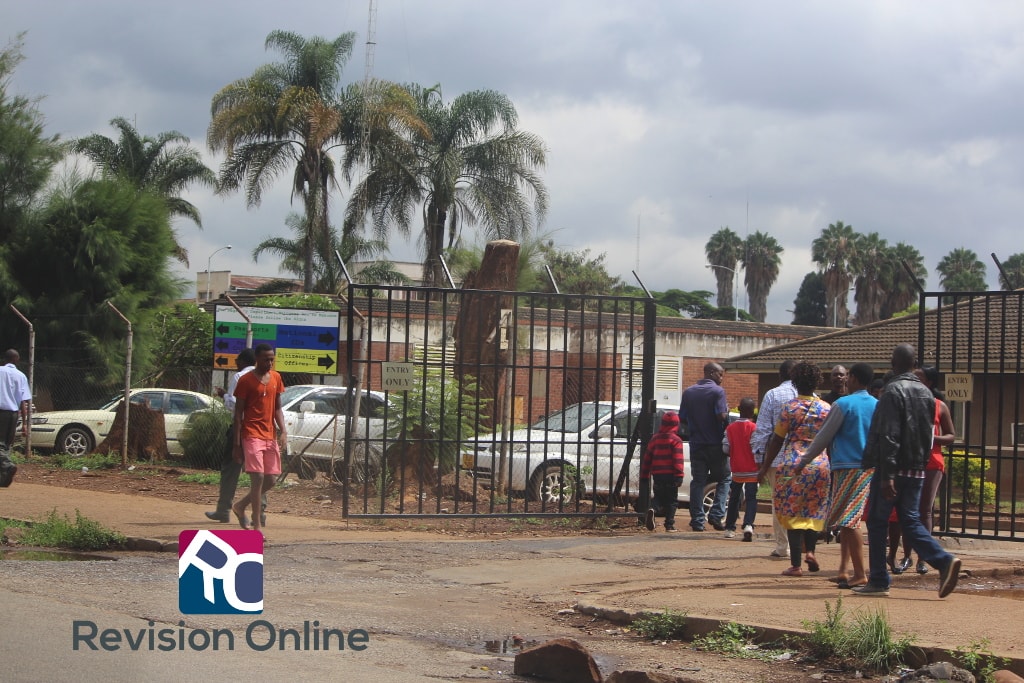ZIMSEC O Level Geography Notes: Population: Population growth
- is an increase in the number of people that reside in a country, state, county, or city
- There are several factors which affect the growth of a population
- A country’s population grows as a result of natural births taking place within the community/country/region
- Births increase the population
- It can also grow as a result of people migrating from other areas into the country or region
- This is known as immigration
- Emigration causes a population to grow
- The population growth is however affected by people who die in the community
- Deaths decrease the population
- The population is also affected by those who migrate to other areas
- Emigration results in a decrease in the population
- Population growth can therefore be regarded as a system, consisting of inputs, processes and outputs

Births are positive inputs to population growth.
| Inputs | Processes | Outputs |
|---|---|---|
| Births | Natural Change | Deaths |
| Immigrants | Total Population | Emmigrants |
| Migrants |
- The population growth rate as a percentage can be obtained using the formula:
- \text{Population Growth Rate} = \dfrac{ ( live\enspace births+immigrants ) \enspace – ( deaths+emigrants )}{Total\enspace Population} \text{x}\dfrac{100}{1}
- Population in the world is currently (2017) growing at a rate of around 1.11% per year (down from 1.13% in 2016)
- In 1992 the world’s average growth rate was at 1.7%
- Zimbabwe’s growth rate in 2013 was 3.0%
- Thomas Robert Malthus, a population theorist noted a relationship between population growth and resources.
- He mentioned that unchecked population growth would outstrip food supply
- Population growth rates are higher in developing countries than in developed countries, adding more pressure on limited resources and thus increasing poverty
NB Please click here to see the causes and results(effects/problems) of rapid population growth
To access more topics go to the O Level Geography Notes page



